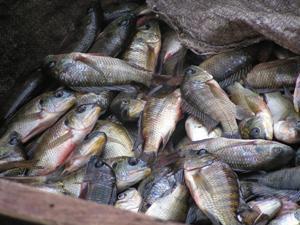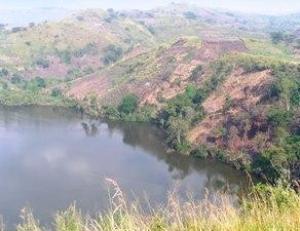Jackson Efitre
Other projects
6 Jan 2011
Crater Lakes Catchment Reforestation and Environmental Conservation Project, Western Uganda
Predictive yield models for Crater Lake fisheries of Uganda: An unexpected marriage of rural development and conservation

Up to 18% of Uganda’s total land area is covered by lakes, rivers and swamps; These lakes and rivers are not only sources of fish but also provide employment, income, foreign exchange earnings, and account for over 50% of animal protein supply in Uganda (Ogutu–Ohwayo, 2000). While the larger lakes such as lakes Victoria and George have been the focus of numerous investigations, much less attention has been paid to the minor lakes. There are approximately 160 small lakes scattered in different parts of Uganda, mainly in central, eastern, and western Uganda.

In western Uganda, there are approximately 80 small volcanic crater lakes along the foothills of the Rwenzori Mountains. Tilapia species (Oreochromis niloticus, Oreochromis leucostictus, and Tilapia zillii) were introduced into several of these crater lakes in the 1940s primarily to increase available protein to the local communities. Most of the lakes were fish-free prior to the introduction, but some harboured a variety of native species. Observations collected from over 10 years of work in the crater lakes region of western Uganda suggest that the greatest threat to the crater lakes ecosystem is related to clearing of the forested crater rims associated with the need for fuelwood, building materials, and conversion to agricultural land